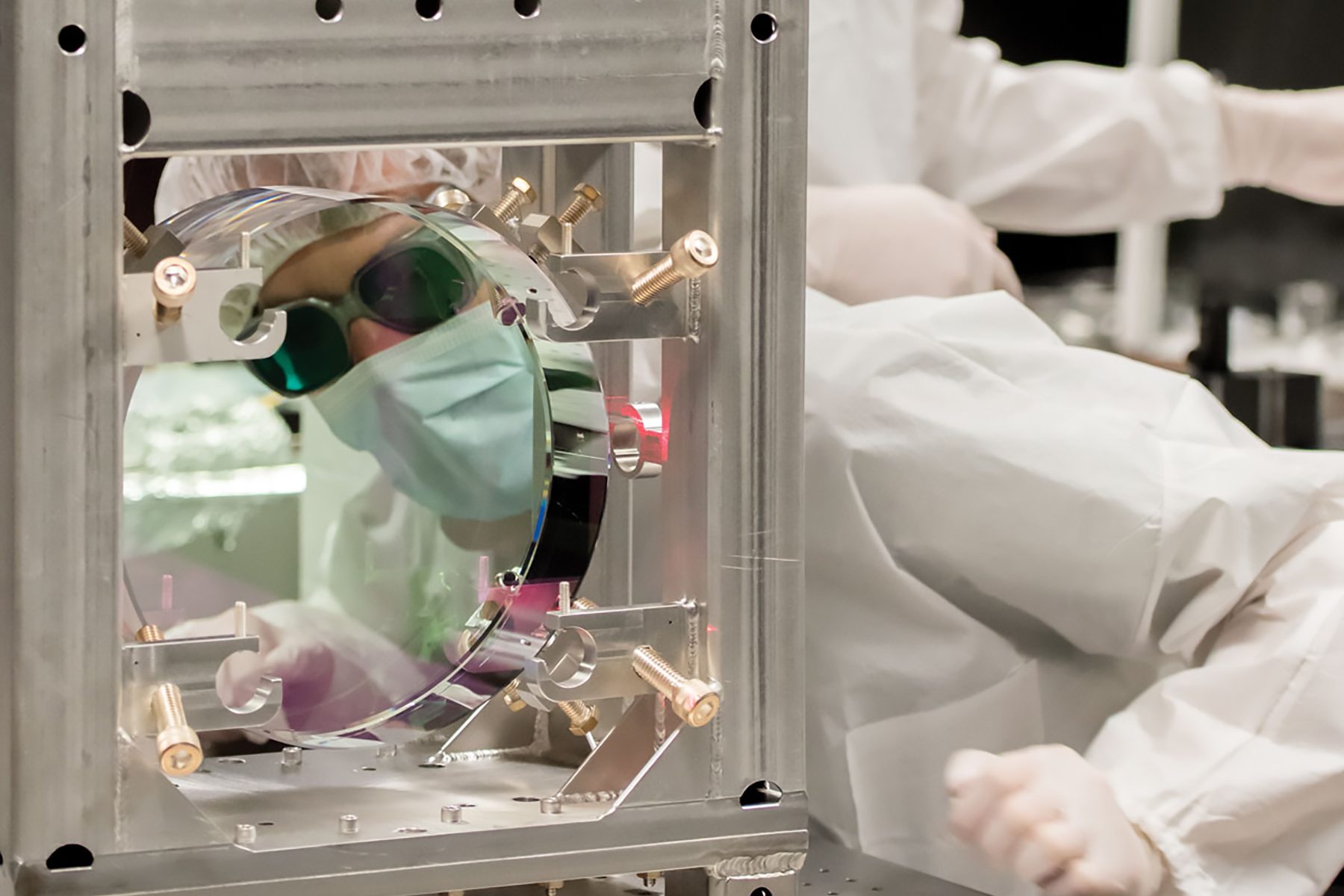The University of Florida has been involved with LIGO since its inception. That involvement began with an email message sent in October 1995 to the physics faculty by Guenakh Mitselmakher, who had just joined the physics department as a senior professor. The message was about research opportunities in LIGO and was motivated by Mitselmakher’s knowledge of the LIGO project from his work with Barry Barish (then LIGO laboratory director) in high energy physics. A number of faculty responded. The initial group of active participants consisted of Mitselmakher, Bernard Whiting, and physics professors David Reitze and David Tanner. Shortly after this beginning, two other current faculty members joined the UF LIGO group: Sergey Klimenko in 1997 and Guido Mueller in 1998.
Florida’s interest was well timed, as the LIGO Laboratory, the consortium managed by Caltech and MIT, was just beginning to design the initial LIGO detector. There were a number of meetings, conferences and lab visits between UF scientists and LIGO scientists.
A critical meeting took place in February 1996, when Mitselmakher, Reitze, Tanner, and Whiting visited the LIGO laboratory to discuss whether and how UF could contribute to the initial LIGO detectors, then beginning their construction. The outcome of this discussion was that the University of Florida took responsibility for the Input Optics (IO) of LIGO, one of the most complex and diverse systems in the entire interferometer. In doing so, Florida was the first institution outside the original Caltech–MIT collaboration to have an essential role in LIGO.
